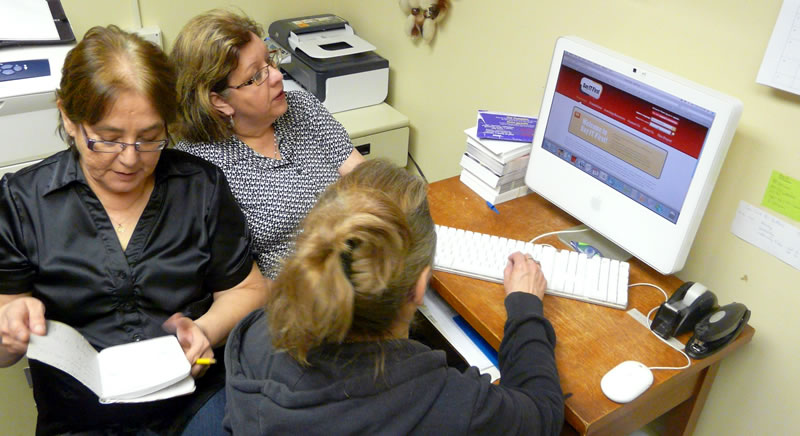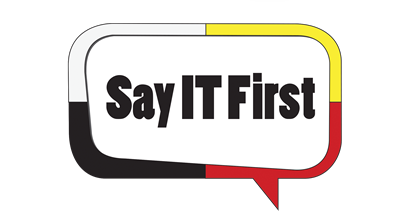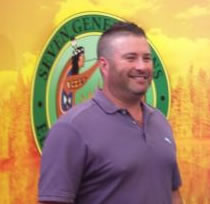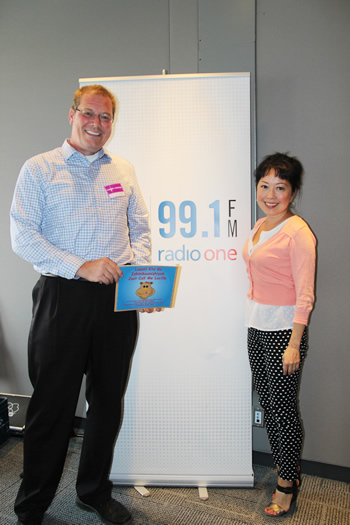
This is the game changer in Language revitalisation that SayITFirst is most excited about.
Microsoft has collaborated with us to participate in a project which, when complete, will allow the Native Language to be translated into or from the top 130 languages spoken in the world to an accuracy level around 96%. This ability will allow us to populate limitless content through the power of computing, with no extra time required except a light editing function.
The potential to go voice to text or text to voice is the logical progression once this work is complete.
This project is a game changer in the field of language revitalization in that it lays a foundation on which so many other projects can hinge, preserving the language for all time, no matter how many speakers are left.
Microsoft has a technology called Translator Hub which allows the top 130 languages around the world to be translated into each other with a very high degree of accuracy. The resulting translations merely need an edit function to make the converted text perfect. In a nutshell, Microsoft's software learns how a language is structured, then will learn to translate the more input we provide. The more input, the more accurate the translations.
To get started one needs anywhere from one million to two million sentences with a one to one translation. By searching for existing translated text in books and Bibles, significant time can be saved. The problem with Native Languages is that much translated text does not exist, however, the languages we are working on have very strict rules with no exceptions. As a result, we ended up building a tool which conjugates all verbs into a table producing around 480 sentences for each verb. Rules are built around pre-verbs, particles, animate/inanimate nouns, etc. This tool is used for the initial input into the Translator Hub system and we are having much success with this method. In fact, we estimated the initial effort to be around 57 person years of work and we can now eliminate this first step with the software methodology. Each language will need a new set of rules built in and we wouldn't recommend doing this unless the rights to a dictionary are secured first.
After the initial upload, the Translator Hub recommends tens of thousands of sentences for translation into the Native Language. We are estimating this will require about ten person years of additional work, yet to be done. The speakers translate the sentences, SayITFirst uploads to Translator Hub and the software becomes that much smarter.
This input step will require speakers with a unique skill set, combined with a process to create new words and phrases. The input will need to be done by Native speakers who know how to use a computer. Also, they will need to speak, read and write the Native Language. We are trying to avoid literal translations, but rather translate in the manner the language is spoken. For instance, I would say, "I paddled a canoe down the river." In Ojibwe, the sentence would probably translate to, "The mighty river carried the canoe that I was in." Amazingly the Translator Hub software can figure this out by reading patterns in the sentence structure. If the data going in is accurate, the sentences coming out will be, too.
The process involves the Native speakers doing the translations and logging words they cannot manage or words, which do not yet exist in that language. These words go to an Elder committee to get formalized. Once the Elder committee translates the tough words, we will be sending these back to the various dictionary owners for use in future editions, if they like.
The implications are far reaching once this project is complete. Daycares and parents with no Native Language knowledge can learn the language from their computer, test conjugations and create content, even if they have no knowledge of the language. Since the software translates into 130 different languages, providing we have the digital rights to reproduce, we can take text from different languages and translate into the Native Language. In the future, we can explore voice to text and text to voice technologies. This means I can speak to my computer and say, "My name is Mike," and words will appear on the screen saying, "Mike nindizhinikaaz," or "Mike is what I call myself." Lastly, the Elders can spend time in communities and with kids passing on Spiritual knowledge instead of removing themselves to translate for companies, academics and authors.
For the near future, SayITFirst will be working on a user-friendly interface for the parents, teachers and daycare workers so they will be able to access the power of this tool in a usable format. We are partnering with local education groups to figure out the best way to use this tool in a language learning environment. Because the production of Native Language content will become almost free, the goal of immersion can all of a sudden be an affordable community-driven alternative.



